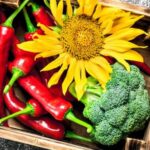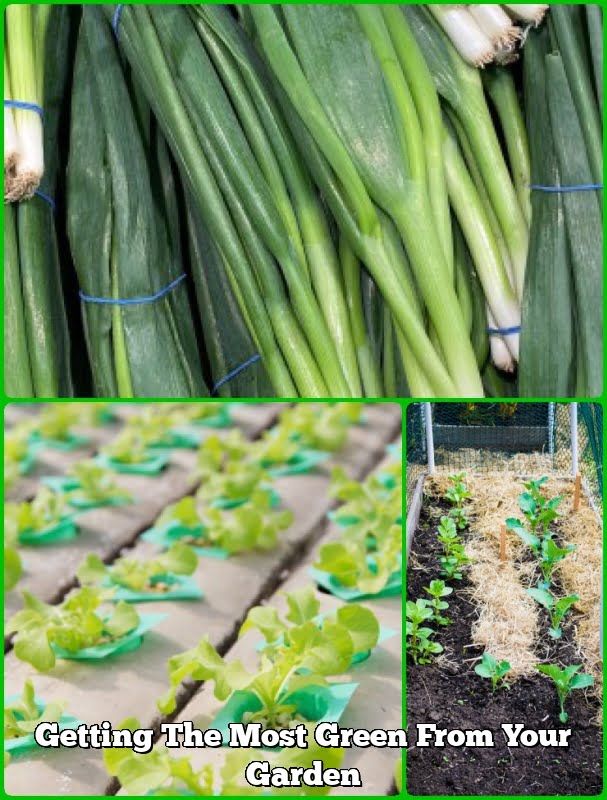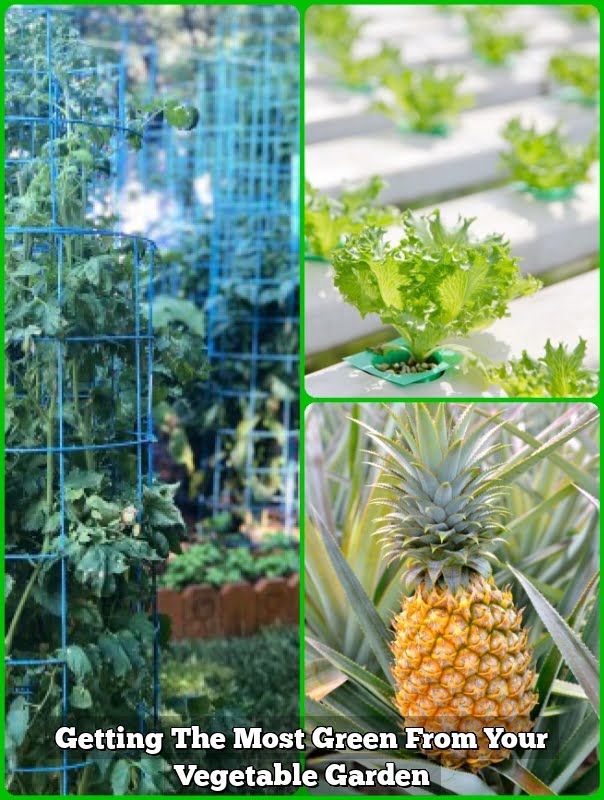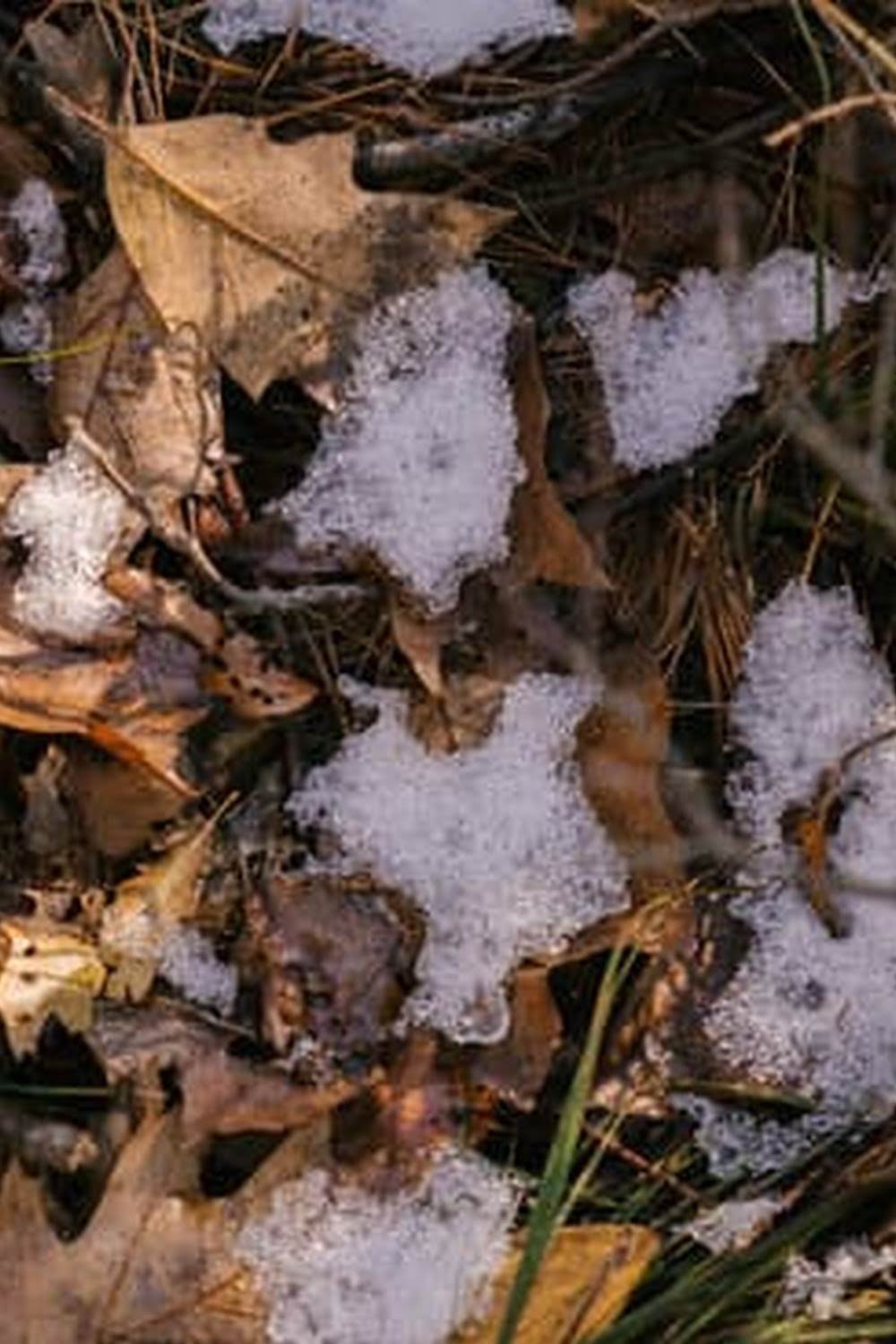Introduction
Green onions, also called scallions or spring onions, are a type of onion that is harvested early. Unlike other, more mature varieties of onion, they retain all the same beneficial vitamins and minerals while being less pungent and containing much lower levels of sulfur compounds. As such, many people enjoy them raw in salads or cooked into dishes.
Growing green onions from home offers several benefits over buying them from the store. Firstly, it allows you to enjoy fresh vegetables straight from your garden, something that is often difficult to come by in today’s world. Secondly, it allows you to be confident in the quality of your produce since you know exactly what has gone into growing it – namely his own effort and whatever fertilisers and pest repellents he may use. Thirdly, green onions require very little maintenance as opposed to other vegetables that tend to need lots of watering and nurturing throughout their growth period. Finally, growing your own food can help support local wildlife as well as providing you with delicious vegetable options for your culinary adventures!
Selecting the Right Sites and Soil for Growing Green Onions
Choosing the right site and soil for growing green onions is an important step in the gardening process. Site selection should be based on the amount of sunlight exposure the area receives, as well as its accessibility to a water source. Green onions need 6-8 hours of sun exposure per day and should be planted in areas that receive at least 4-6 hours of direct sunlight daily. The soil should be well-draining, with a pH ranging between 6.0 and 6.5. If the soil is too acidic or alkaline it can affect onion growth and flavor negatively. Additionally, enriching the soil with organic matter will give your onions added nutrients for healthy growth throughout the season. Once you’ve selected an optimal spot for your vegetable garden, prepare it for planting by tilling and removing weeds and debris from the surface before sowing seeds or transplanting seedlings.
Planting and Watering Tips for Optimal Growth
When planting green onions in your vegetable garden, it’s important to create the best environment for optimal growth. The key is having healthy soil with plenty of water and nutrients that will lead to rich, robust plants.
The first step is to amend the soil of your vegetable garden with a combination of compost and fertilizer. Doing so will ensure the soil has the necessary minerals and nutrients needed for vibrant, healthy green onion plants.
When you sow seeds in the soil, be sure to keep them spaced properly and away from other acidic vegetables so as not to create competition for resources in the small space. When watering green onions, it’s important not to overdo it. Too much water can cause excessive leaf growth which makes harvesting more difficult when trying to get larger bulbs. Instead, water at longer intervals, such as every two days or so during the growing season. Additionally, try using a moisture meter at least once a week in order ensure the soil is not too wet or dry prior to watering again.
Overall, proper planting and watering are essential when dealing with green onions in your vegetable garden! With these steps you can help ensure these tasty vegetables get all they need to reach maximum potential!
Natural Fertilization and Weed Control for Green Onions
Green onions are a popular vegetable to grow in any home vegetable garden. A great way to get the most out of their flavor and productivity is by using natural fertilization methods and weed control. The best of these methods is using compost or general-purpose organic fertilizer. Applying some type of organic matter to the soil before planting green onions helps the soil retain moisture better, which ultimately creates healthier plants. Compost also adds essential nutrients that aid in plant growth, such as phosphorus, nitrogen, and magnesium.
In addition to fertilizer, weeds can become a problem for green onions. Taking preventative measures like mulching or using row covers are good ways of protecting plants from weeds as they germinate and grow. Hand weeding with a garden hoe or trowel can remove existing weeds with minimal effort, while grass-specific herbicides can target only the unwanted vegetation. Avoiding over exposure to sunlight will help keep green onion leaves from wilting or burning, so don’t forget to thin overcrowded plants when necessary. Lastly, regular watering helps maintain nutrition levels and keeps tender new shoots nourished until harvest time arrives.
Common Pests and Diseases to Look Out For and How to Avoid Them
Common pests that can affect vegetable gardens are aphids, slugs, mites and caterpillars. These are all fairly straightforward to protect against with a combination of natural predator insects and organic insecticides. Regularly monitoring plants for signs of these pests is important in order to catch the problem before it gets out of hand.
Green onions are particularly vulnerable to fungal diseases such as rust, onion white rot and pink root. To protect against these diseases, ensure proper spacing between plants; maintain a proper irrigation schedule that avoids waterlogging; and use crop rotation-planting green onions in the same spot each year encourages fungal growth. Crop rotation can also help ward off other diseases that can attack green onions. Taking steps like removing dead leaves from around plants will also further reduce chances of infection. Finally, using a fungicide spray or dust should be considered if needed.
Green Onion Harvesting Techniques
Green onion harvesting can be done very easily using a few simple techniques. Firstly, the green onions should be harvested once they have become matured and lose their softness. This means that one of the best ways to determine when to harvest is by looking at the plant’s physical characteristics- such as color, size, and texture. Green onions are considered mature when they have grown into a cylindrical shape, with dark green tops extending several inches above the white roots. Additionally, the base of the stems should be firm and not bend easily. Once these conditions are met, it is time for harvesting!
In order to properly harvest your green onions, gently grasp them near their root balls and gently pull upward with an even force until the entire plant or bulb pulls from the ground. Make sure you remove as much dirt from around the roots as possible to form healthy plants for future harvests! After pulling each onion from the ground, lay them in straight rows on top of newspaper or paper towels. If you’d like to keep your onions fresh for long periods of time before use, you can also hang them upside down to allow excess moisture to evaporate through their tops. When ready for storage, carefully snip off all of the leaves approximately 1 inch above its root ball so that only ½ – 1 inch remains dangling. Finally store a maximum of one layer deep in either paper bags (mesh bags work great too) or cardboard boxes with holes punched to allow ventilation.
Cooking, Storing, and Preserving Green Onions
Cooking Green Onions: When you are cooking with green onions, it is important to remember that they will cook much faster than other vegetables. It is best to give them a quick sauté in oil or butter, as this will help keep the flavor and texture intact. They also pair nicely with other vegetables such as potatoes and bell peppers. Green onions can also be added to soups, stir fries, casseroles, and salads for some extra flavor.
Storing Green Onions: Fresh green onions can be kept in the refrigerator for up to a week. However, if you have leftovers from a meal it is best to store them in an airtight container in the freezer for up to 3 months. This method of storage will help keep their flavor and texture, helping them last longer than if they were stored in the refrigerator.
Preserving Green Onions: There are several ways that you can preserve green onions for future use including pickling and dehydrating. For pickling, they will need to be brined before they are ready to be eaten. Dehydrating is another option which requires slicing the green onion very thinly and then drying them out in an oven on low heat until dried out. These dried green onions can then be used as a seasoning in place of fresh ones or added into recipes for additional flavor.
Common Companion Plants to Grow With Green Onions
Green onions are a popular vegetable to grow in home gardens. They are easy to care for and require minimal maintenance. However, green onions often perform better when paired with their companion plants. Some common companion plants that work well when planted near green onions include tomatoes, basil, peas, rosemary, carrots, garlic, parsley, beans, and chard. Tomatoes help the green onions to resist pests such as aphids and whiteflies. Basil helps keep away nematodes that can harm root vegetables like carrots by acting as a natural detergent for these nasty pests. Peas provide extra nitrogen for strong root growth and also help increase yields from green onion harvests. Rosemary has a scent that repels flea beetles – insects which may otherwise feast on the young leaves of your onion bedding. Carrots benefit from nearby garlic due to its strong scent that masks the smell of the successful root crop keeping it safe from predators. Parsley helps break up heavy soils while at the same time providing us with vitamins A and C during those long cooking days before spring’s arrival. Beans act as a living mulch helping maintain moisture in onion beds during summer’s heat while at the same time replenishing important nutrients back into our garden soil as they decompose in fall and winter like composting materials enhance nutrition levels in your soil organically! Lastly, chard is an effective repellant against many leaf eating insects including cabbageworms and imported cabbageworms which can severely damage onion beds commonly found around our homesteads or small farmstead colonies over time if left unchecked without proper intercropping strategies employed!!
Conclusion
Green onions are one of the most commonly grown vegetables in vegetable gardens. They offer gardeners a wide range of flavors and culinary uses, while being especially easy to grow. Utilizing smart gardening practices such as raised beds and companion planting can help your garden have a successful green onion harvest. When cared for correctly, green onions will keep producing throughout the growing season, offering you a delicious and nutrient dense addition to your favorite recipes. Mastering the craft of green onions growing can provide numerous rewards for gardeners, including flavorful harvests that add flavor to any meal.

If you’re looking to get into vegetable gardening, or are just looking for some tips on how to make your current garden better, then you’ve come to the right place! My name is Ethel and I have been gardening for years. In this blog, I’m going to share with you some of my best tips on how to create a successful vegetable garden.





